Understanding the Cost Behind Reclaimed Wood
Reclaimed wood costs more than buying new wood from a hardware store. Instead of paying a low price that makes it easy to pick up a couple of 2×4’s, reclaimed wood comes at a premium. But for that premium, you’ll have wood with a story and unique characteristics different from virgin lumber. One of the benefits of reclaimed wood is that it is even stronger

By mrtimbers | Updated January 3, 2023
Reclaimed wood costs more than buying new wood from a hardware store. Instead of paying a low price that makes it easy to pick up a couple of 2×4’s, reclaimed wood comes at a premium.
But for that premium, you’ll have wood with a story and unique characteristics different from virgin lumber. One of the benefits of reclaimed wood is that it is even stronger than virgin lumber because it has already dried and aged appropriately.
So why does reclaimed wood cost so much? We’re here to help you understand the cost.
Average Cost of Reclaimed Wood
Breaking down the average cost that you'll pay for reclaimed wood isn't exactly easy. There are quite a few factors that play into how much you'll pay for reclaimed wood.
Here are some of the key things that determine the cost of reclaimed wood.
- Type of wood
- Type of product the wood is made into
- Condition of the wood
- Source of the wood
- Size of your order
Like any product that you find out on the free market, reclaimed wood can really vary in cost. We'll do our best to break it down by product type.
Reclaimed Wood Flooring
Flooring is one of the most common reclaimed wood products that is regularly sold and installed throughout homes in the United States. Additionally, it can be easily reclaimed from homes and businesses when the floors get old, or homeowners decide to change floorings.
For both installation and material costs, you can expect to pay between $9 and $15 per square foot, depending on the type of wood you choose and the quality of wood that you'll be installing.
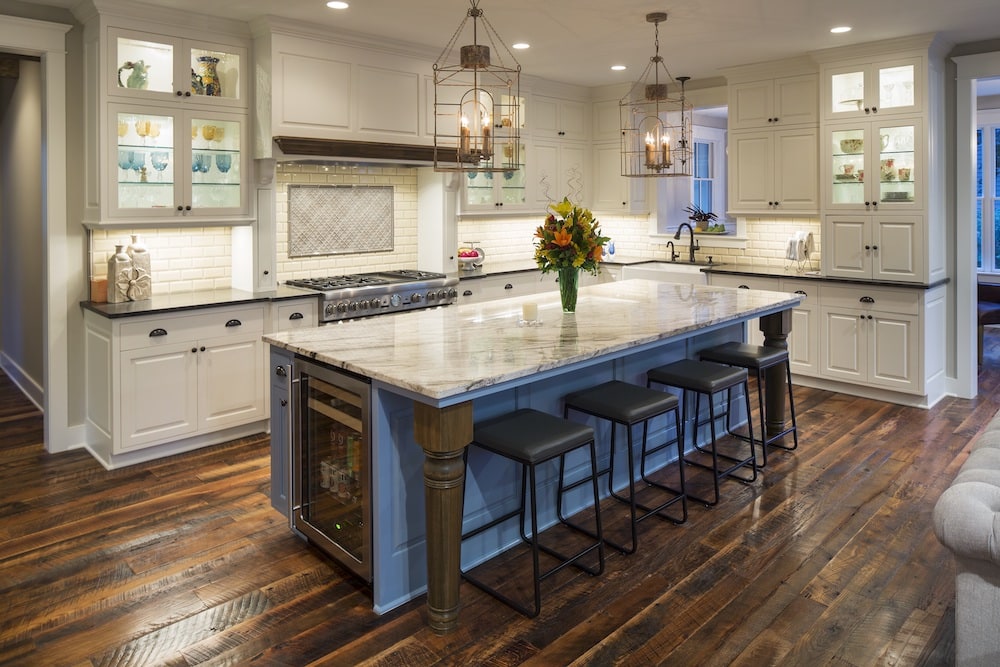
Reclaimed Wood Paneling
Wood paneling is another common product, and it actually can come at a slightly lower price than flooring despite it being a very similar product. The cost of paneling will ultimately depend on where you buy it and what type of wood the paneling is made of, and an average reclaimed wood paneling will cost around $5 to $7 per square foot.

Reclaimed Wood Mantel
Reclaimed wood mantels along with beams and other similar products really have a range to their cost. It's best if you shop around a bit to find the best product and something within your budget.
At Manomin Resawn Timbers, we carry a number of reclaimed mantels at any given time. Choosing the right one for your home is just as important as finding a product that's going to fit within your budget.
Expect wood mantels to range in cost from $300 to more than $3,000.
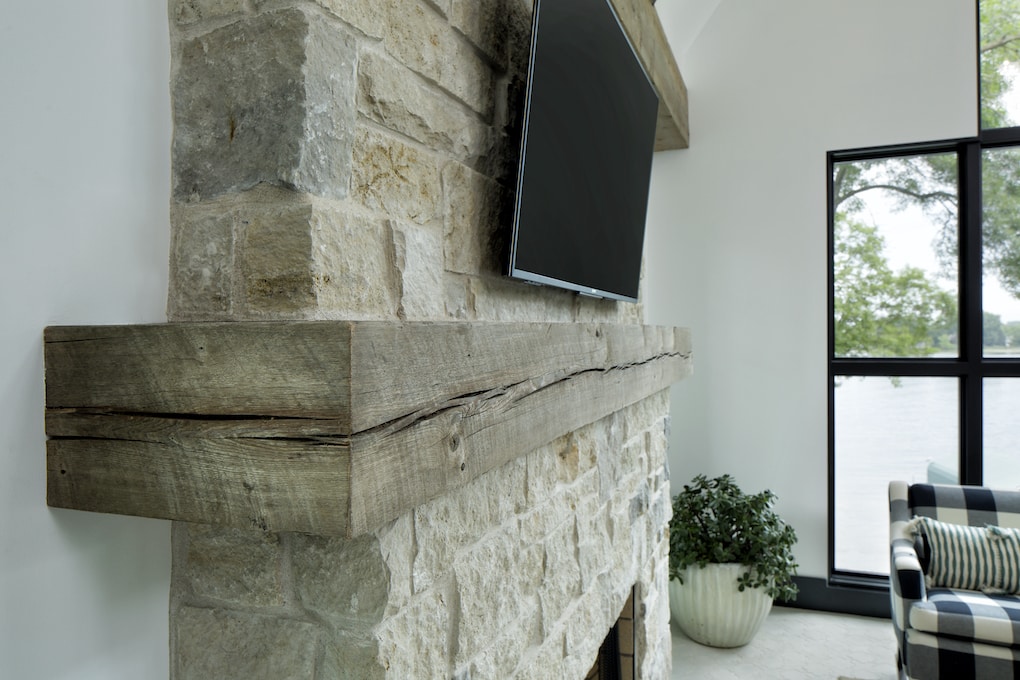
Reclaimed Wood Beams and Timbers
The cost of timbers and beams varies greatly, given the overall size of the piece. One solid piece of wood that is pushing 12-15 feet long is going to be much more expensive than a smaller 8-foot beam.
Contact our team for a quote on the specific piece of wood that you're looking for.
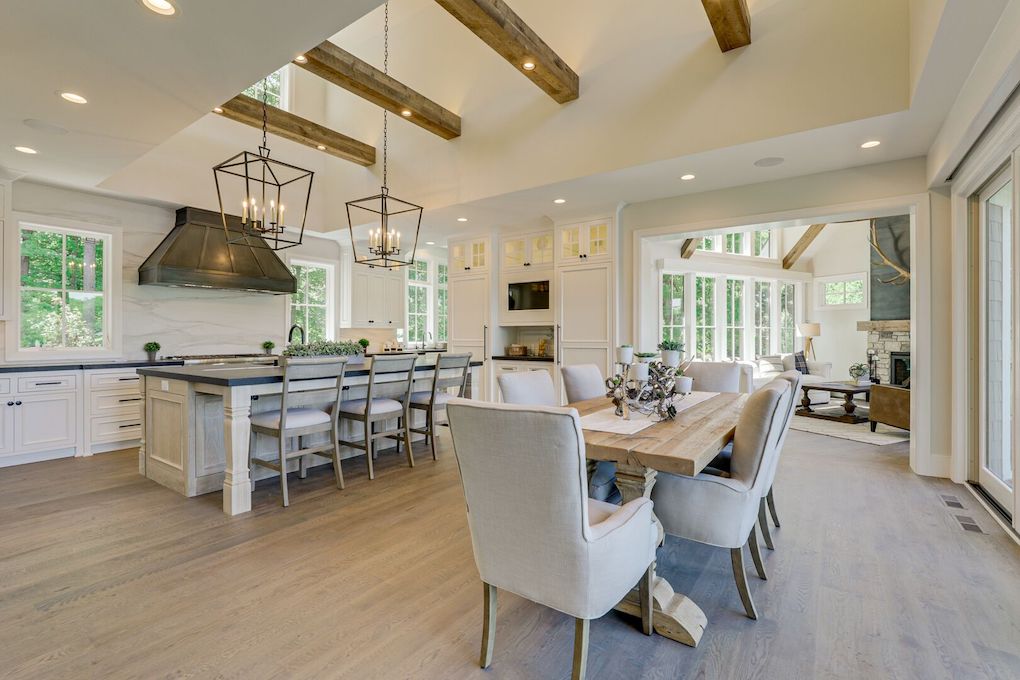
Reclaimed Wood Doors
Reclaimed wood doors can sometimes get a bad rap. But if they're handled correctly or rebuilt, you'll be getting a beautiful wood door that's perfect for your home.
Finding the perfect door can make all the difference for your remodeling project or update.
Expect to pay between $300 and $1,000 on average for these doors. Some large doors or doors that offer more character will cost slightly more.
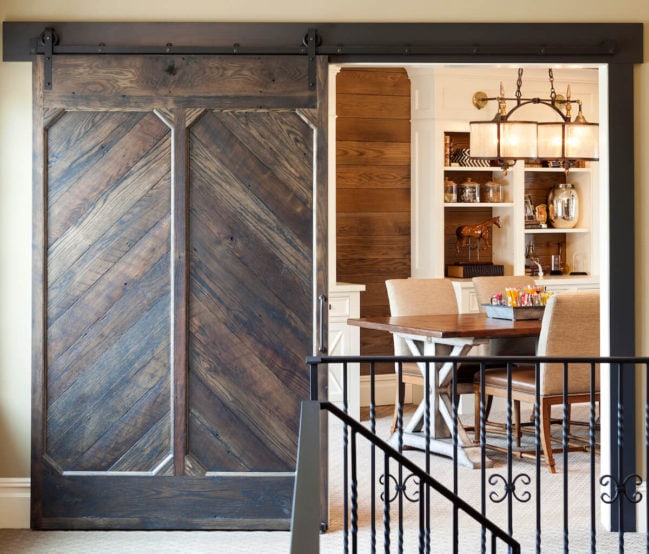
Reclaiming Process
After the wood has been harvested from its initial resting place, it will need to go through an extensive reclaiming process. When wood is harvested, it can be in many different conditions.
Sometimes it’s rotted, sometimes it’s full of nails and other metals. Whatever the case, the wood needs to be treated so that it’s ready to be installed in someone’s home.
De-nailing
De-nailing is one of the very first steps of reclaiming wood. De-nailing refers to not only removing nails from the wood but also removing any other metal that might be present in the wood.
There can be screws, hinges, or any number of other metal pieces lodged in the old wood from its previous life.
If you’re ever reclaiming wood on your own, be sure to pay special attention to this process, as it’s one of the most important steps. Missing even a single nail could cause significant problems during the steps that follow.
Milling and Sorting
Milling is step two in the process. During milling, the wood is stripped down and cut into pieces that are more useful for installation.
An example of this is when a large board is cut down into smaller pieces, so they work better for flooring or wall paneling. The milling process doesn’t take a significant amount of time, but it is hard work.
When the wood is milled, it will also be sorted. That way, we know what the different types of wood are.
This also enables us to determine how to best treat and prepare it.
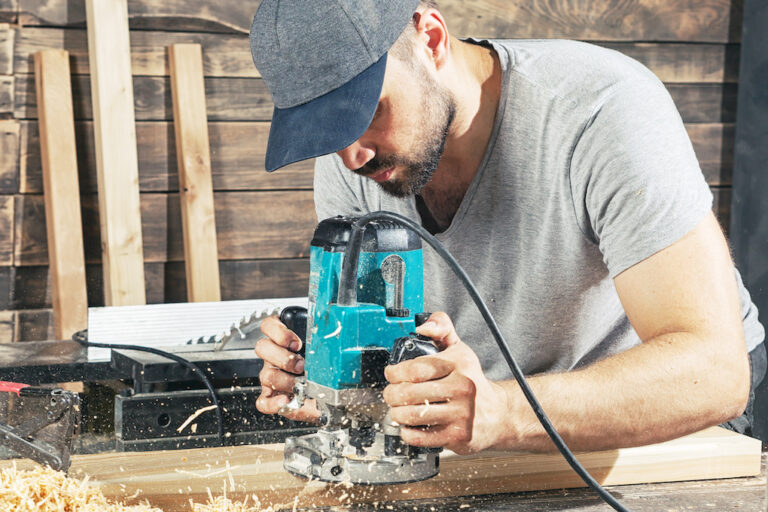
Kiln Drying and Treating
The last two steps are treating and kiln drying. All wood is kiln-dried before it reaches you as a consumer.
A kiln dryer is like a huge oven for wood. The reclaimed wood is placed inside the dryer and then baked.
As the wood bakes, all of the moisture is removed, and the wood becomes even more firm. By doing this, we can ensure that the reclaimed wood is stable and that the quality won’t deteriorate over time.
Why Choose Reclaimed Wood
There are two reasons why you might choose to pay extra for reclaimed wood. Either you really like the way reclaimed wood looks, or you enjoy the positive impacts that reclaimed wood has on the environment.
Reclaimed wood furniture is another way to incorporate reclaimed lumber in your home or office. Reclaimed wood furniture may be more expensive than standard wood furniture, but you’re able to say that the furniture was made from renewable and recycled materials.
The environmental impact of reusing wood instead of disposing of it is critical. In many cases, the wood that is reclaimed would have been thrown away or disposed of instead of being used again.
By re-using it, you’re not only eliminating waste, but you’re reducing the number of trees that would have been newly harvested.
One of a Kind Characteristics
One of the biggest reasons reclaimed wood can cost so much more than standard wood is because of the unique characteristics it has. When wood has been aging for 50 to 150 years, it will have dents, divots, scratches, and scrapes.
Over time the wood will go from seeming damaged to having amazing character. Sometimes the character comes from these imperfections, and other times it comes from sanding and refinishing old pieces of wood.
The story that the wood can tell is truly priceless. In many ways, after reclaimed wood is installed, it becomes a conversation piece and a focal point of the home.
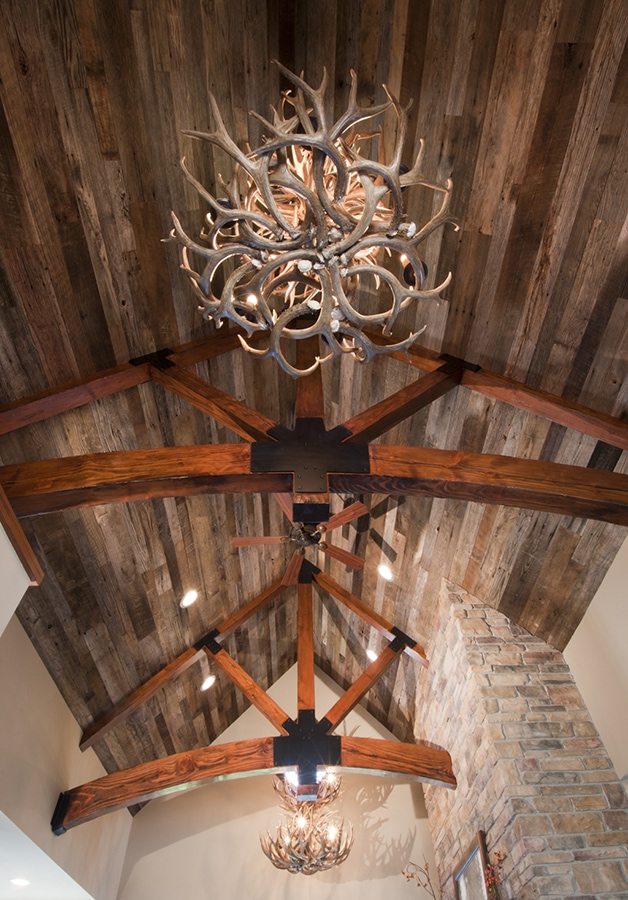
The Harvesting Process
There are generally two main expenses when it comes to reclaimed wood: harvesting and reclaiming process. Harvesting refers to going out and getting or finding the wood.
Depending on where the wood is being harvested, it can take a significant amount of time to collect it. Common places where it’s harvested include:
Old or abandoned:
- Barns
- Factories
- Warehouses
- Wine barrels
- Old houses
When you purchase reclaimed wood from a premium lumber yard, they should be able to tell you exactly where it came from and the process that went into securing it. This might also allow you to know how old the wood is before you install it.
Because reclaimed lumber has aged so significantly, it’s often much stronger and more secure than typical or standard wood.
Benefits of Reclaimed Wood
Reclaimed woods add more value to a home or business space because of the thought and intention of using reclaimed wood. Additionally, a building project that’s looking to be a green building can use reclaimed wood because it’s a sustainable and renewable resource.
While using reclaimed lumber might be slightly more expensive, there are several benefits. Here’s why you should consider reclaimed wood:
- Reclaimed wood is a renewable and sustainable resource.
- Reclaimed wood offers character and versatility.
- The wood can act as a conversation starter and focal point in your home.
- Exposed wood in any home adds style, class, and warmth.
If you’re considering reclaimed wood for your home, reach out to Manomin Resawn Timbers. We specialize in premium reclaimed wood that can be used in a variety of ways.
You can learn more about the wood that we’ve produced on our website. Be sure to check out our blog for more reclaimed wood resources as well!
Types of Oak: Reclaimed Oak Woods For The Best Building
Many types of oak have been a cornerstone of building and design for centuries, cherished for both its durability and its beauty. Today, reclaimed oak wood allows us to experience the timeless appeal of this species in a way that honors its history while making it accessible for […]
6 Home Wine Cellar Ideas To Take Advantage Of Reclaimed Wood
At Manomin Resawn Timbers, we’ve had the pleasure of contributing reclaimed wood to a number of custom wine cellar projects. Each design tells a story, blending our expert craftsmanship with the personal vision of the homeowners who commissioned them.
Exploring wine cellar […]

